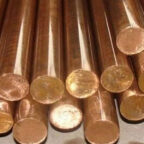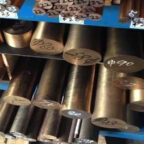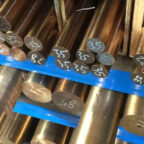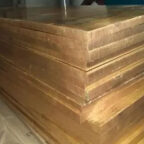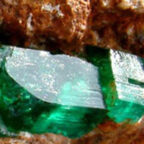Beryllium
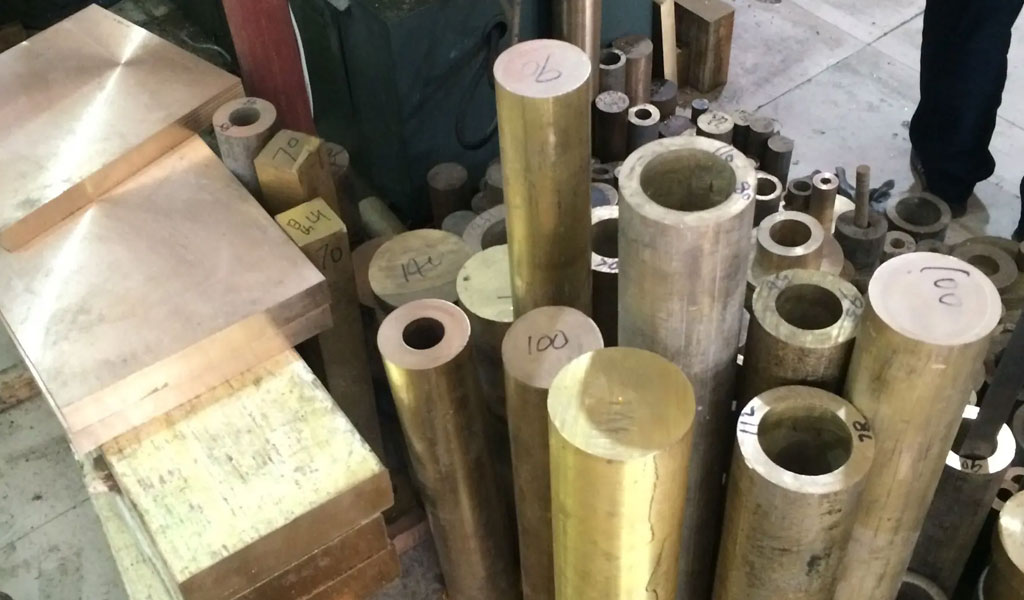
What Is Beryllium – The Define Beryllium
In 1798, the French chemist Vauquelin Niclas Louis (1763-1829) discovered beryllium during chemical analysis of beryl and emeralds. However, elemental beryllium was obtained thirty years later in 1828 by the German chemist Friedrich Woler (1800~1882) by reducing molten beryllium chloride with metallic potassium.Beryllium, atomic number 4, belongs to the second main group element of the second period, and is also the lightest alkaline earth metal element. Beryllium metal is steel gray, with a melting point of 1283°C, a boiling point of 2570°C and a density of 1.848g/cm³. Natural beryllium has three isotopes: beryllium 7, beryllium 8, beryllium 10, 9Be is the only stable nuclide of beryllium. There are about 30 kinds of beryllium-containing ores, the main ones with economic value are beryl (3BeO•AlO3•6SiO2), beryllium (2BeO•SiO2), chrysoberyl (BeO•Al2O3), etc.The world contains beryllium the country with the most abundant resources is the United States, and the main suppliers of beryllium are the United States and China. As the first member of alkaline earth metals, beryllium is a rare light metal with low density, high melting point, high elastic modulus, high tensile strength, excellent thermal properties, good dimensional stability, small neutron absorption cross section, and X-ray transmittance. It is an irreplaceable material in the fields of aerospace, aviation, electronics and nuclear industries, and is known as “super metal”, “cutting-edge metal” and “space metal”.
Claprot had analysed the green jade from Peru, but he could not find beryllium. Bergman had also analyzed green jade and concluded that it was a silicate of aluminum and calcium. At the end of the 18th century, the chemist Walkerland conducted a chemical analysis of chrysoberyl and beryl at the request of the French mineralogist Ayuui. Walkerland found that the chemical composition of the two was identical, and found that they contained a new element, called it Glucinium, the name comes from the Greek glykys, which means sweet, because the salts of beryllium have a sweet taste. Walkerland presented his paper on the discovery of new elements at the French Academy of Sciences on February 15, 1798. Because the salts of yttrium are also sweet, Weller named it Beryllium later, which is derived from the English name of beryl, the main ore of beryllium, beryl.
